
Will Singapore’s vaccinated travel lane help India-Singapore trade to recover?

Singapore, August 23 (ANI): Last week, the Singapore government presented its plan for relaxing safe distancing rules as well as gradually reopening the country to business travellers and tourists.
This is in line with its earlier stated strategy to treat COVID-19 as an endemic disease and slowly easing its population into safely living with the virus.
With a remarkably high rate of vaccination, Singapore is in the process of cautiously returning its residents lives to some form of normalcy. As of August 21, 78 percent of Singapore residents have received two doses of COVID-19 vaccines and it projects that this number will reach 82 precent in two weeks.
Unlike most of its Asia-Pacific neighbours who are still embracing a “zero-COVID” strategy, Singapore which has no domestic market or natural resources sees this not only as a way to getting ahead of regional countries but also as a matter of survival.
At a virtual media conference last week, Singapore’s Transport Minister S. Iswaran said that the border closures induced by the COVID-19 pandemic have exacted a heavy toll on the aviation sector and related industries, which employ more than 190,000 people. He added that the longer Singapore remains closed, the greater the risk of lasting damage to its economy and its status as an aviation hub. At the same time, he assured residents that the Singapore government is reopening in a cautious manner as it wants to minimise the risk of imported cases as much as it can.
Singapore’s roadmap to reopening is being closely watched by other countries who may consider changing their strategies to see if it’s possible to live with the virus safely and a means to reopening their economies.
Singapore is now allowing up to 50 percent of workers to return to their offices and increased event sizes to 1,000 fully vaccinated people.
It also announced a plan which took effect from midnight on August 21 to group countries and regions into four categories based on their risk profiles. Category One covers countries with the lowest risk and Category Four countries are those with the highest risk.
Travellers from Category One countries can enter Singapore without having to spend time in quarantine or isolation. They will be subject only to an on-arrival Covid-19 polymerase chain reaction (PCR) swab test and can go about their activities if they test negative.
The prior 21 days travel history of those entering Singapore will be taken into account with the most stringent criteria based on the countries visited being applied.
Countries in Category One include China (excluding Jiangsu province), New Zealand, Taiwan, Hong Kong and Macau.
Category Two countries comprise places with similar COVID-19 risk profiles to Singapore. Travellers from places in this category will be required to undergo seven-day isolation at an accommodation of their choice.
Singapore citizens, permanent residents and long-term pass holders may serve their seven-day isolation at their place of residence if conditions are suitable. Australia, Brunei, Canada and Germany are in this category.
Travellers from countries and regions with higher risks will have to undergo minimum of 14-day stays at dedicated facilities or may be barred from entering.
As part of its plan to cautiously reopen the country, Singapore also announced a vaccinated travel lane (VTL) with Germany and Brunei for all types of travellers including tourists.
This means anyone travelling from Germany and Brunei to Singapore do not have to quarantine. The VTL which will start from September 7 comes with certain conditions.
Travellers under this scheme will have to take four COVID tests, one within 48 hours before departure, one upon arrival and another two on day three and day seven.
In addition, they must travel on designated VTL direct flights, must have been in Brunei or Germany 21 consecutive days before departure and use Singapore’s contact tracing app.
Although Brunei remains closed to leisure travel Germany already allows vaccinated Singapore residents to enter free from quarantine.
If the VTL is fully taken up, it would add up to 2,000 travellers coming into Singapore a week.
Business leaders are encouraged by the move and believe this will help companies as well as improve the city-state’s economic outlook.
Victor Mills, chief executive of the Singapore International Chamber of Commerce was quoted by The Straits Times as saying, “This is good news for incoming travellers based on differentiated treatment for vaccinated people.”
How will this affect visitors from India especially those travelling for business?
Singapore and India have enjoyed robust trade relations over the years. Recently, Singapore has been the top source of foreign direct investments into India. Furthermore, India has been a top ten trading partner to Singapore for many years.
According to data from Singapore’s Department of Statistics, Singapore and India bilateral merchandise trade has been averaging around USD18 billion per year in total value in the last five years prior to COVID. However, in 2020, total trade fell about 20 percent.
Unfortunately, at the moment, in line with current restrictions, individuals who are not Singaporeans or permanent residents that are travelling from Bangladesh, India, Myanmar, Nepal, Pakistan and Sri Lanka, are unable to enter Singapore.
However, if the Germany and Brunei VTL works, Singapore plans to expand the scheme to more countries. It is hoped that at some point in the near future, travel regulations between Singapore and India will be less restrictive. (ANI)

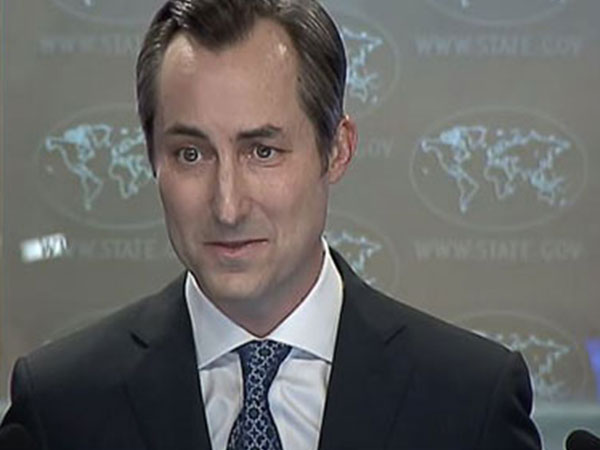
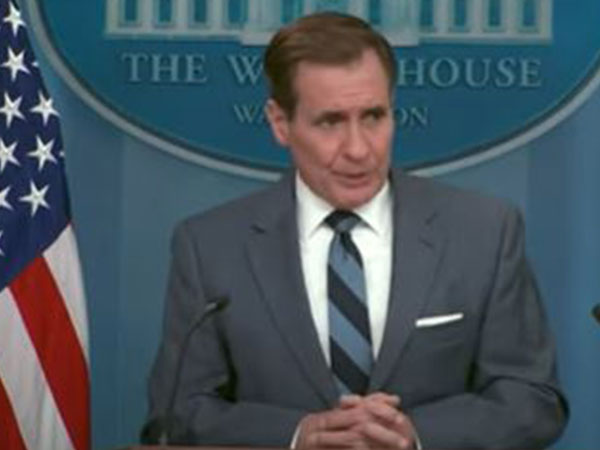


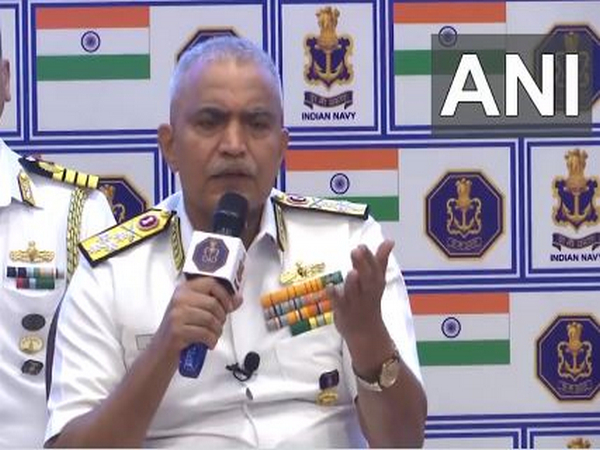
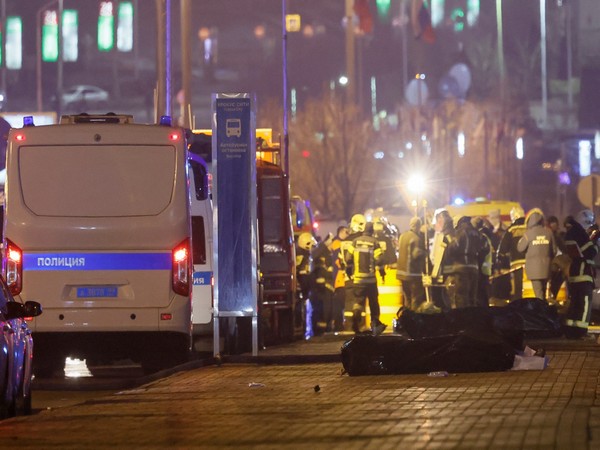


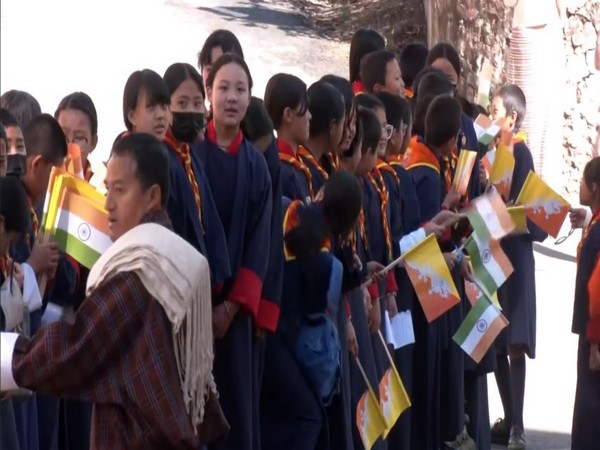
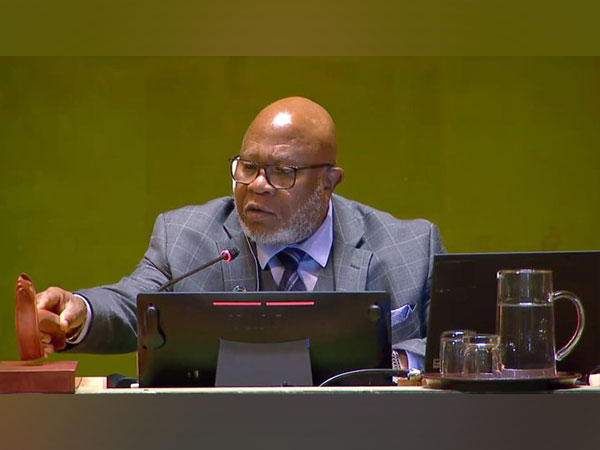






POST COMMENTS (0)